Indexerror Invalid Index To Scalar Variable
IndexError is a common error that occurs in programming when an invalid index is used to access an element in a sequence, such as a list, array, or string. It is an exception that indicates an attempt to access an element that is outside the valid range of indices.
Definition and Explanation of IndexError
In programming, an index is used to specify the position of an element in a sequence. Indexing starts at 0, so the first element in a sequence has an index of 0, the second element has an index of 1, and so on. An IndexError occurs when an index is specified that is either negative, larger than the length of the sequence, or not an integer.
Common Causes of IndexError in Programming
One common cause of an IndexError is attempting to access an element that does not exist in the sequence. For example, trying to access the 10th element of a list that only has 5 elements will result in an IndexError. Another cause is specifying a negative index when the sequence only allows positive indices.
Importance of Understanding and Handling IndexError
Understanding and properly handling IndexError is crucial in programming because it helps prevent unexpected program crashes and allows for more robust and reliable code. By recognizing the causes of IndexError and implementing appropriate error handling mechanisms, developers can create code that gracefully handles invalid index errors and provides meaningful feedback to users.
Understanding the Invalid Index Error
An invalid index error occurs when a program attempts to access an element in a sequence using an index that is not valid for that sequence. This can happen for various reasons, such as accessing an element beyond the range of indices, using a negative index, or using a non-integer index.
Examples of Situations that can Lead to an Invalid Index Error
Consider the following Python code snippet:
“`python
my_list = [1, 2, 3]
print(my_list[3])
“`
In this example, an IndexError will occur because the index 3 is outside the valid range of indices for the `my_list` list, which only has three elements.
Another example is when trying to access a negative index:
“`python
my_string = “hello”
print(my_string[-1])
“`
In this case, an IndexError will occur because the negative index -1 is not a valid index for accessing elements in a string.
Discussion of How Invalid Index Errors Impact Program Execution
Invalid index errors can have a significant impact on program execution. They can cause the program to crash, result in unexpected behavior, or produce incorrect output. If invalid index errors are not handled properly, they can make the program difficult to debug and maintain.
Troubleshooting and Debugging IndexErrors
Identifying IndexErrors in code can be done by carefully examining error messages and stack traces. The error message often provides information about the specific line of code where the error occurred and the type of index error encountered. By analyzing the code around that line, developers can narrow down the source of the invalid index error.
To debug and fix invalid index errors, developers can utilize techniques such as adding print statements to track the values of variables and indices, stepping through the code using a debugger, or using tools that detect runtime errors.
Avoiding Invalid Index Errors
To avoid invalid index errors, it is essential to follow best practices and guidelines for working with indices. These practices include validating input and index values before using them, ensuring that indices are within the valid range, and using defensive programming techniques to handle potential errors.
It is also recommended to document any known limitations or assumptions about the valid range of indices in the code or its documentation to prevent future issues.
Handling Invalid Index Errors Gracefully
When encountering an invalid index error, it is crucial to handle it gracefully to prevent the program from crashing and provide meaningful feedback to users. One common method is to use try-except blocks to catch the IndexError and handle it appropriately. This allows the program to continue running, and the error can be logged or displayed to the user in a more user-friendly manner.
Another approach is to perform proper input validation and provide error messages or prompts to the user when invalid input is detected. This helps users understand the cause of the error and guides them in providing correct input.
Common Pitfalls and Misconceptions
A common misconception related to invalid index errors is assuming that the index provided is always valid without performing any validation. This can lead to unexpected errors and program crashes. It is vital to validate input and indices to ensure they are within the permissible range and of the correct type.
Another pitfall is failing to consider edge cases and potential limitations of indexing. For example, in some programming languages, such as Python, negative indices are allowed to access elements from the end of a sequence. Failing to account for negative indices can result in errors.
Error Indexing in Different Programming Languages
Different programming languages handle invalid index errors differently. For example, in Python, an IndexError is raised when an invalid index is used. The error message provides information about the cause of the error.
In contrast, languages like C++ and Java typically throw an exception when an invalid index is encountered, which can be caught and handled using try-catch blocks. These exceptions often provide detailed information about the error, including the type of index error and the line of code where it occurred.
Insights into best practices for handling invalid index errors can be obtained by examining how different programming languages handle these errors. This can lead to a deeper understanding of error handling mechanisms and help in designing more robust and reliable programs.
In conclusion, an invalid index error is a common programming error that occurs when an invalid index is used to access an element in a sequence. Understanding and handling these errors are vital for creating robust and reliable code. By troubleshooting, avoiding, and handling invalid index errors gracefully, developers can enhance the functionality and user experience of their programs. It is important to validate input and indices, follow best practices, and utilize effective error handling techniques to prevent unexpected crashes and produce meaningful error messages.
Pandas : How To Fix Indexerror: Invalid Index To Scalar Variable
Keywords searched by users: indexerror invalid index to scalar variable Invalid index to scalar variable yolo, Only integer scalar arrays can be converted to a scalar index, Output_layers layer_names(i(0) – 1) for i in net getunconnectedoutlayers, Outputnames layersnames i 0 1 for i in net getunconnectedoutlayers, None of (Index((…) are in the (columns))), Too many indices for array: array is 1-dimensional, but 2 were indexed, Numpy index, Assign value to DataFrame
Categories: Top 63 Indexerror Invalid Index To Scalar Variable
See more here: nhanvietluanvan.com
Invalid Index To Scalar Variable Yolo
Understanding the nature of this error and knowing how to fix it is important, as it can prevent programs from running correctly or even crashing. In this article, we will delve into the details of invalid index to scalar variable “yolo”, explore its causes, discuss potential solutions, and answer some frequently asked questions about this error.
Causes of the Invalid Index to Scalar Variable “yolo” Error:
1. Incorrect Variable Usage: One of the most common causes of this error is improper usage of scalar variables. A scalar variable is designed to hold a single value, unlike an array which can hold multiple values. Attempting to access or modify a scalar variable using an index, as if it were an array, results in an “invalid index” error.
2. Misspelled Variable Name: Another common cause is a misspelled variable name. If the variable “yolo” does not exist in the program, attempting to use it will result in an invalid index error. Double-checking the spelling and ensuring the variable is declared and initialized beforehand can help resolve this issue.
3. Confusion with Index-based Data Structures: Sometimes, programmers mistakenly use index-based syntax for scalar variables, assuming they are treating them as elements of an array. This error occurs due to confusion regarding the variables’ data types.
Resolving the Invalid Index to Scalar Variable “yolo” Error:
1. Verify Variable Usage: Carefully review the code to ensure you are not attempting to access or modify a scalar variable using an index. Consider whether using an array or a different data structure might be more appropriate for the intended purpose.
2. Check Variable Name: Double-check the variable’s name for any typos or inconsistencies. Ensure the variable is correctly declared and initialized before using it in any calculations or operations.
3. Refactor Code: In scenarios where confusion with index-based syntax arises, refactor the code to clearly differentiate between scalar variables and arrays. Use appropriate variable types and syntax to avoid any conflicts.
FAQs about Invalid Index to Scalar Variable “yolo” Error:
Q: Can this error occur in all programming languages?
A: No, this error is specific to programming languages that support arrays or other data structures with index-based access. Languages such as C, C++, Java, and Python are commonly prone to this error.
Q: How can I prevent this error in my code?
A: To prevent this error, ensure proper understanding and usage of scalar variables, as well as differentiating them from arrays or other index-based data structures. Double-check variable names and declarations to avoid inconsistencies.
Q: What other error messages could be related to this issue?
A: In addition to “Invalid index to scalar variable yolo,” you may encounter similar error messages such as “Invalid index to scalar,” “Scalar variable out of range,” or “Use of uninitialized scalar variable.”
Q: Are there any tools or debugging techniques to troubleshoot this error?
A: Yes, various integrated development environments (IDEs) and text editors provide debugging tools that can help identify the source of this error. Utilize features such as variable inspection and breakpoints to track down the cause.
Q: Can using meaningful variable names help prevent this error?
A: Absolutely! Using clear and descriptive variable names can significantly reduce the likelihood of encountering this error. It makes code more readable and mitigates the chances of misspelling or prematurely accessing variables.
In conclusion, the invalid index to scalar variable “yolo” error occurs when attempting to access or modify a scalar variable using an incorrect index. Avoiding confusion with arrays or misspelling variable names can help resolve this issue. Understanding the causes and potential solutions discussed in this article will assist programmers in efficiently tackling and preventing this error.
Only Integer Scalar Arrays Can Be Converted To A Scalar Index
When working with arrays in programming languages such as Python, there may be instances where you need to convert an array into a scalar index. However, it is important to note that only integer scalar arrays can be converted into a scalar index. In this article, we will dive deeper into this topic, explore the reasons behind this limitation, and answer some frequently asked questions about scalar indexing in arrays.
To understand why only integer scalar arrays can be converted to a scalar index, we need to first understand what a scalar index is. In simple terms, a scalar index refers to a single numeric value used to access or retrieve an element from an array. The index acts as a reference point to pinpoint the exact location of the desired element within the array.
Arrays, on the other hand, are collections of elements of the same data type. These elements can be accessed using an index, which is typically an integer value. By specifying the index, we can retrieve the desired element from the array. However, not all arrays can be converted into a scalar index. Only integer scalar arrays possess the necessary properties for such a conversion.
So, what exactly is an integer scalar array? An integer scalar array consists of only scalar values, where each value is an integer. These arrays may be multi-dimensional, but the key point is that they contain only integer values. This constraint is crucial for the process of converting the array into a scalar index.
When converting an integer scalar array into a scalar index, the array is essentially flattened or reduced into a one-dimensional structure. Each element in the array is assigned a unique index value. This process allows more efficient and convenient access to elements within the array. However, for arrays that have non-scalar values or a mixture of data types, this scalar indexing cannot be applied.
It is important to emphasize that converting arrays into scalar indices is not a universal operation. Different programming languages and libraries may have varying capabilities in this regard. Therefore, it is always crucial to consult the specific documentation and guidelines for the programming language or library you are working with.
Now, let’s move on to answer some frequently asked questions about scalar indexing in arrays:
Q: Why can’t non-integer scalar arrays be converted to scalar indices?
A: Non-integer scalar arrays usually contain non-scalar values, such as strings, floats, or complex numbers. To convert an array into a scalar index, it requires all elements to be scalar values. Therefore, arrays with non-integer scalar values cannot be directly converted into scalar indices.
Q: Can arrays with non-integer scalar values be indirectly converted to scalar indices?
A: Yes, it is possible to indirectly convert arrays with non-integer scalar values into scalar indices by typecasting or converting the non-scalar values to scalar values. However, this process might involve additional steps and can be more complex compared to working with arrays that already consist of integer scalar values.
Q: What are the advantages of using scalar indexing with integer scalar arrays?
A: Scalar indexing allows for efficient and straightforward access to specific elements within an array. It simplifies the process of retrieving elements and reduces the complexity of the code. Additionally, scalar indexing provides a more organized and logical structure for accessing information within an array.
Q: How does scalar indexing differ from regular indexing in arrays?
A: Regular indexing uses specific indices to access elements in an array. The indices can be of any numeric data type. On the other hand, scalar indexing involves converting an array into a one-dimensional structure, with each element assigned a unique scalar index. Scalar indexing simplifies the process of accessing elements within an array and is specifically applicable to integer scalar arrays.
In conclusion, only integer scalar arrays can be converted into a scalar index. The process of scalar indexing involves flattening the array into a one-dimensional structure with unique scalar index values assigned to each element. Non-integer scalar arrays cannot be directly converted due to the requirement for all elements to be scalar values. By understanding the limitations and advantages of scalar indexing, programmers can utilize this feature effectively when working with arrays in various programming languages.
Images related to the topic indexerror invalid index to scalar variable

Found 38 images related to indexerror invalid index to scalar variable theme









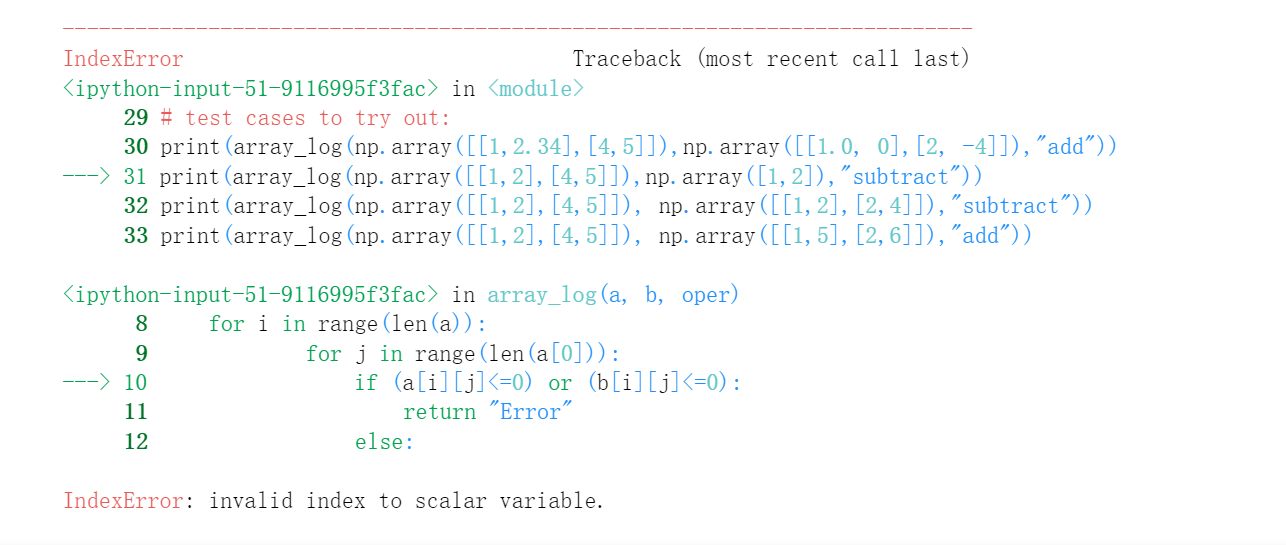



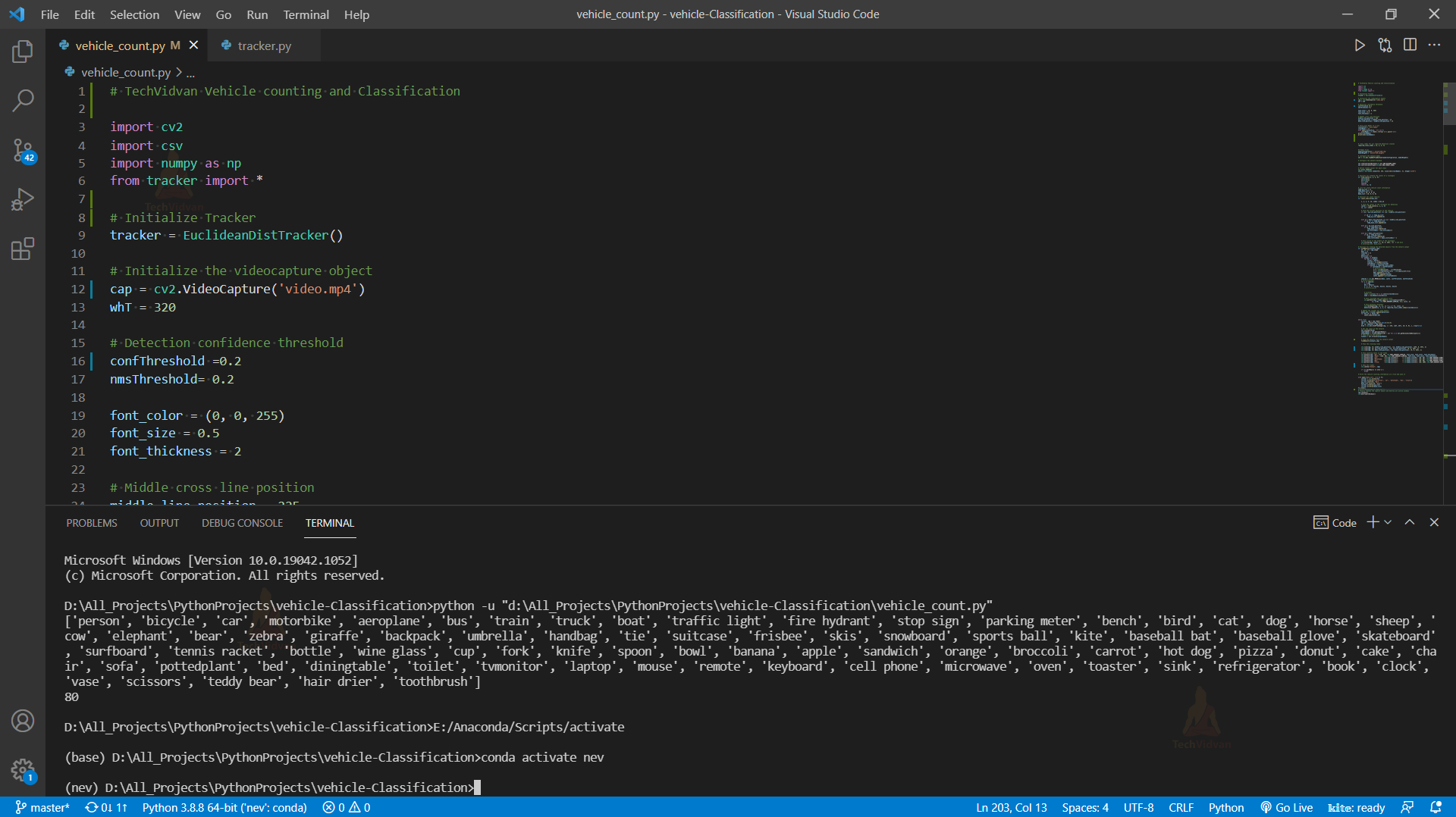
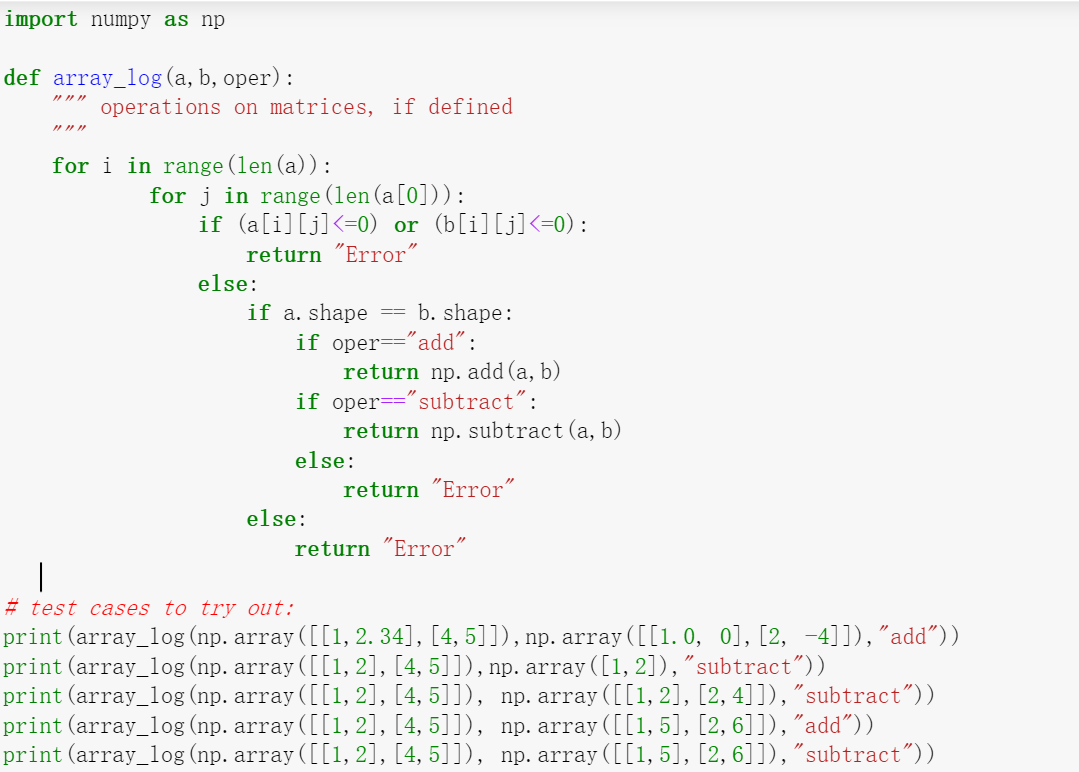








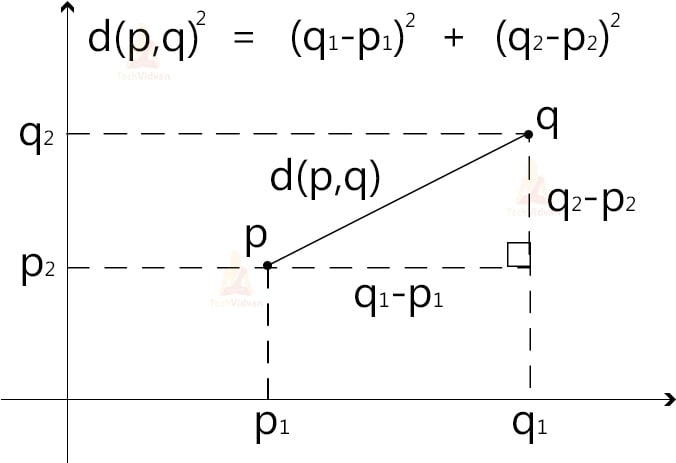
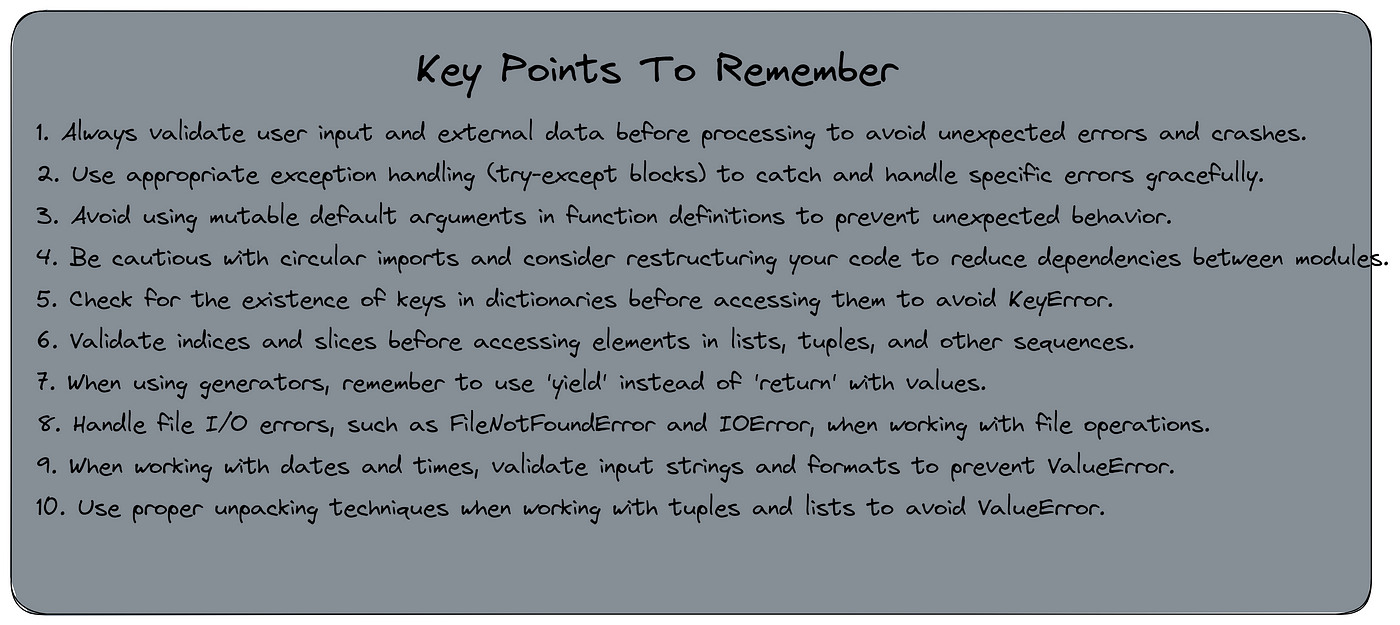

Article link: indexerror invalid index to scalar variable.
Learn more about the topic indexerror invalid index to scalar variable.
- IndexError: invalid index to scalar variable in Python
- How to fix IndexError: invalid index to scalar variable
- IndexError: invalid index to scalar variable ( Solved )
- indexerror: invalid index to scalar variable. – STechies
- How to fix IndexError: invalid index to scalar variable
- Invalid Index To Scalar Variable.” Error – Position Is Everything
- Python Invalid Index To Scalar Variable: Solved
- How to Fix IndexError: invalid index to scalar variable in Python
- IndexError: Invalid Index to Scalar Variable | Delft Stack
- IndexError: invalid index to scalar variable – OpenCV Forum
See more: nhanvietluanvan.com/luat-hoc